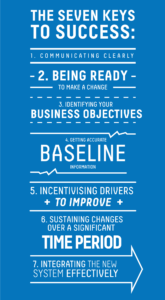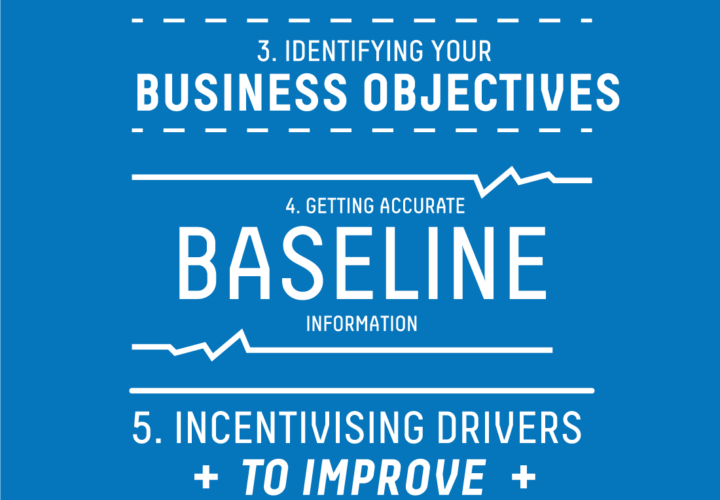 Organisational change is now a constant in many corporate environments. The rise in globalisation, combined with increased technological innovation, has revolutionised business.
Organisational change is now a constant in many corporate environments. The rise in globalisation, combined with increased technological innovation, has revolutionised business.
Increased ease of access to data and information and pressures brought about by the social media revolution has challenged not only traditional organisation structures, but also traditional management practices.
Change management or management of change is now top of many organisations agendas as they adapt to new market conditions and competitive threats from a global, connected world.
The level of change varies according to the maturity of organisations but the more mature operations have arguably the biggest challenge due to the culture, routines and current structures that are difficult to change if not approached correctly.
There are many theories with regard to how any change process is handled but what is clear is there is always resistance to radical change if the communication to key stakeholders is not managed with extreme care.
Regardless of the many types of organisational change, the critical aspect is a company’s ability to win the buy-in of their organisation’s employees on the change. Effectively managing organisational change is a four-step process:
- Recognizing the changes in the broader business environment
- Winning the support of the employees with the persuasiveness of the appropriate adjustments
- Developing the necessary adjustments for their company’s needs
- Training their employees on the appropriate changes
My experience has shown that an authoritative, top down approach is not the best way to bring about the necessary change.
Before any general communication to the wider stakeholder community is made i.e. customers, suppliers, staff members; it is important that first line management is informed and that their buy-in is obtained.
The first line management team need to act in unison and their management and leadership competence will be tested along with their commitment to any change.
It will be the responsibility of the first line management to be a consistent source of communication to all stakeholders.
Without this first line commitment very little effective change will be made as staff members will soon see through any lack of resolve to the new change.
In addition to obtaining first line management commitment it is important to set clear, realistic goals that need to be agreed.
Goal agreement as opposed to enforcement is critical to any change implementation as no staff member or member of the management team will sign up for radical change based on unrealistic goals or targets that are imposed.
Once goal agreement and commitment has been achieved, it is important to devise a measurement system that will track performance and set out a sequence of steps that need to be performed in a way that will appear logical to any doubters in the camp.
Initial change will come from a series of adjustments to current practice and routines. Alongside these adjustments it will be necessary to ensure that all relevant training is undertaken and if necessary repeated.
Change management is not something to be undertaken lightly. A state of organisational readiness needs to be assessed before any major change.
Management commitment and their ability to communicate will be crucial and at the end of the day, if management of change cannot be achieved, then change of management may need to be considered!




